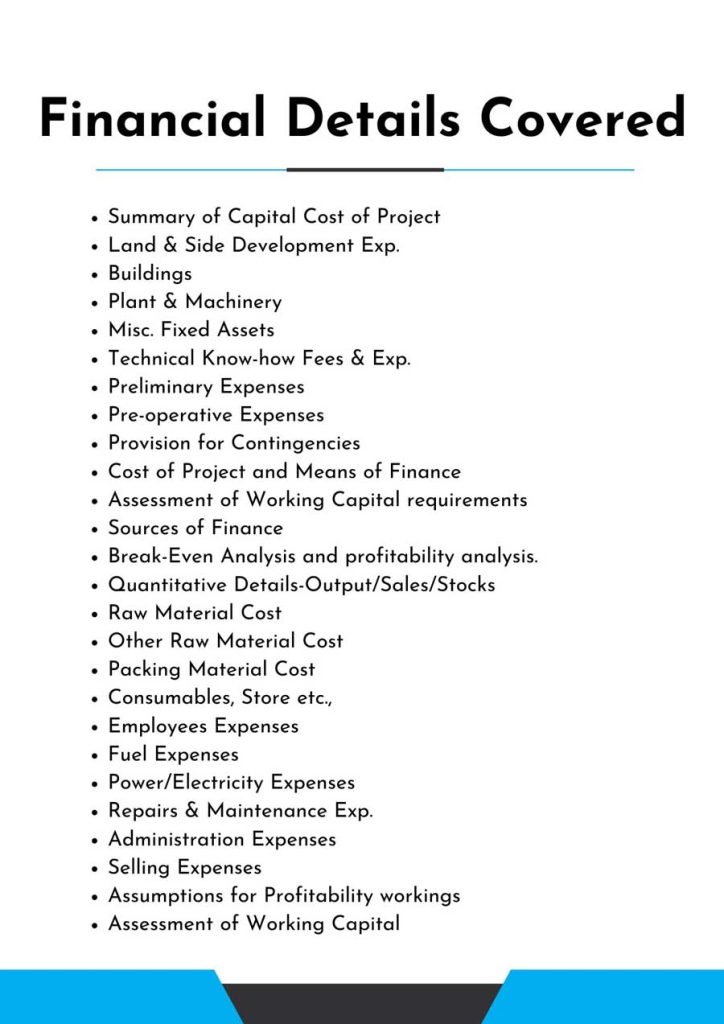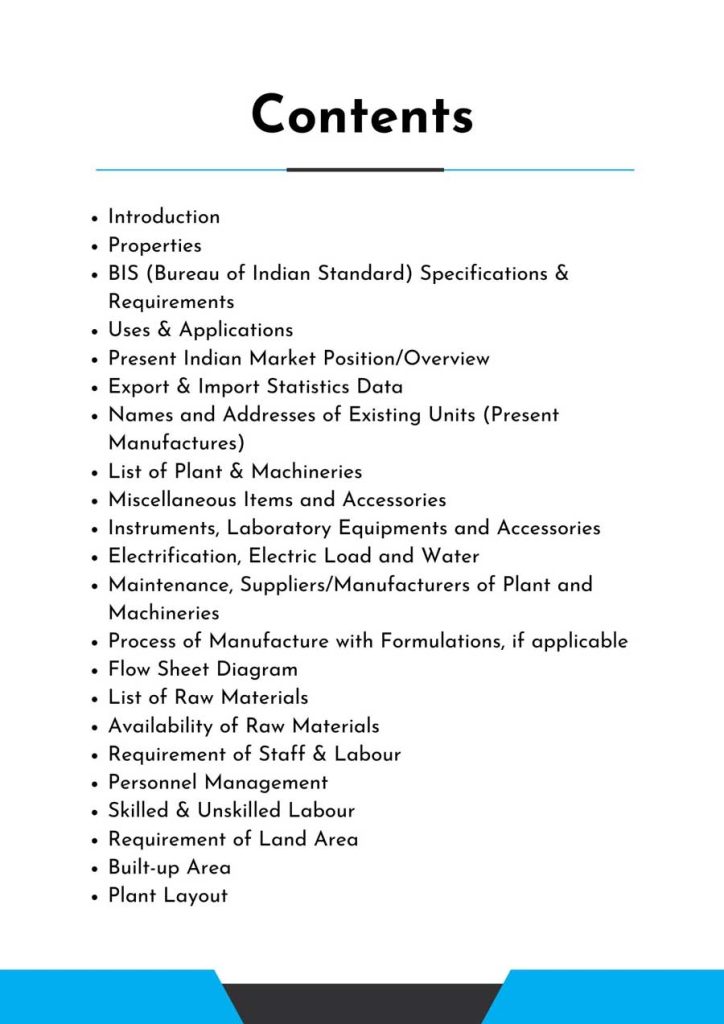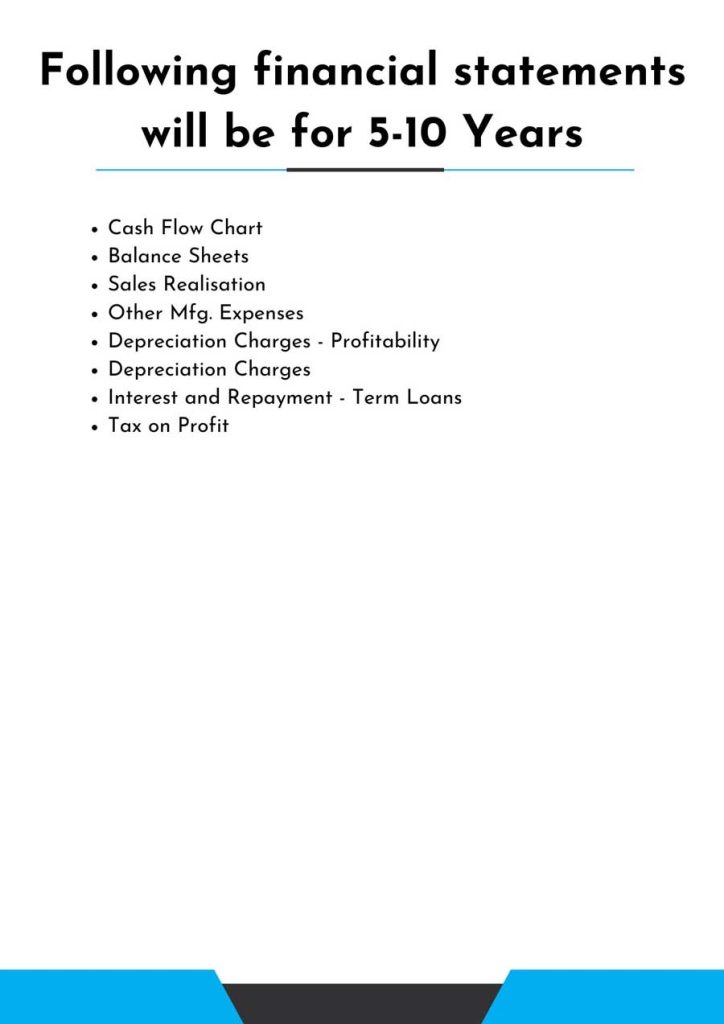Feasibility Report On Rice Mill
A Rice mill is a facility that processes harvested rice to produce white rice by removing the germ, bran, and husk. The rice must be cleaned, hulled, milled, sorted, and packaged for distribution or consumption.
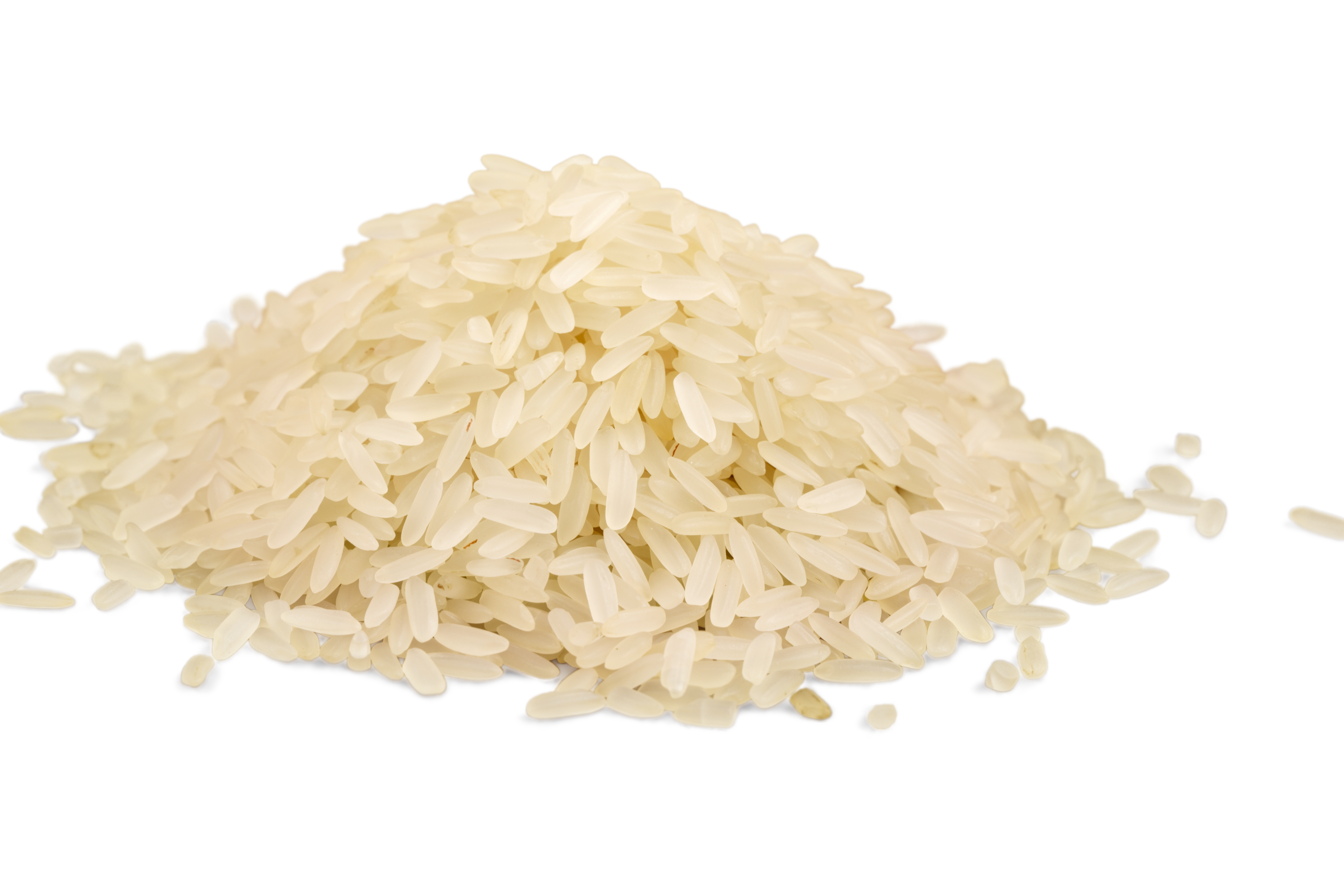
Introduction
Feasibility Report For Rice Mill.
Rice is one of the most important staple foods in India and a significant part of the country’s agriculture industry. Rice milling is the process of removing the husk, bran, and germ from paddy to obtain white rice. Rice milling is an essential process for producing edible rice and is widely used in India. India is the second-largest producer of rice in the world, and the production of rice has significantly increased over the years, making it one of the major agricultural exports. With the increase in production, the demand for rice mills has also increased, providing employment opportunities and generating income for many people in the country. Rice milling has a long history and has been an integral part of many cultures and civilizations for thousands of years.
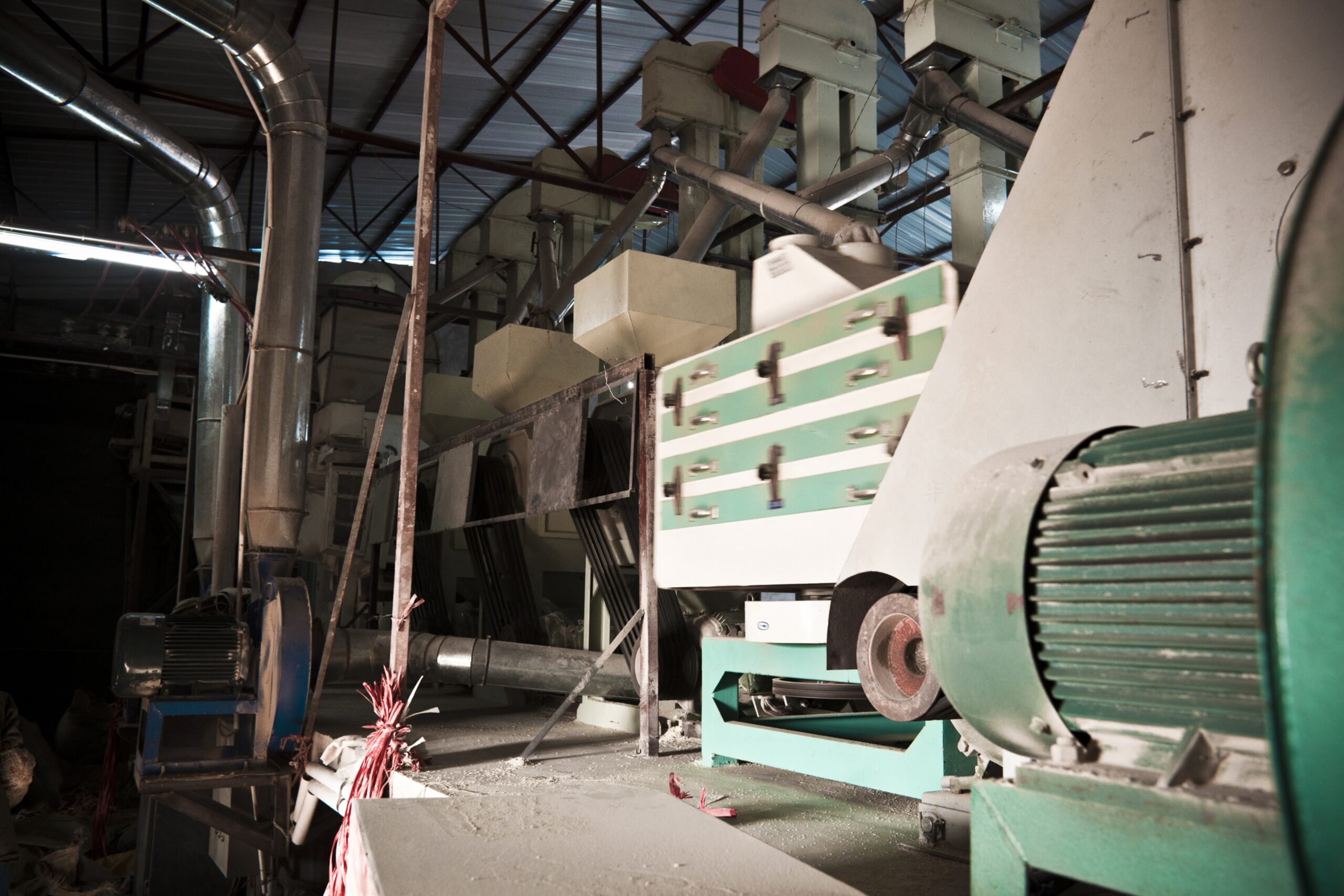
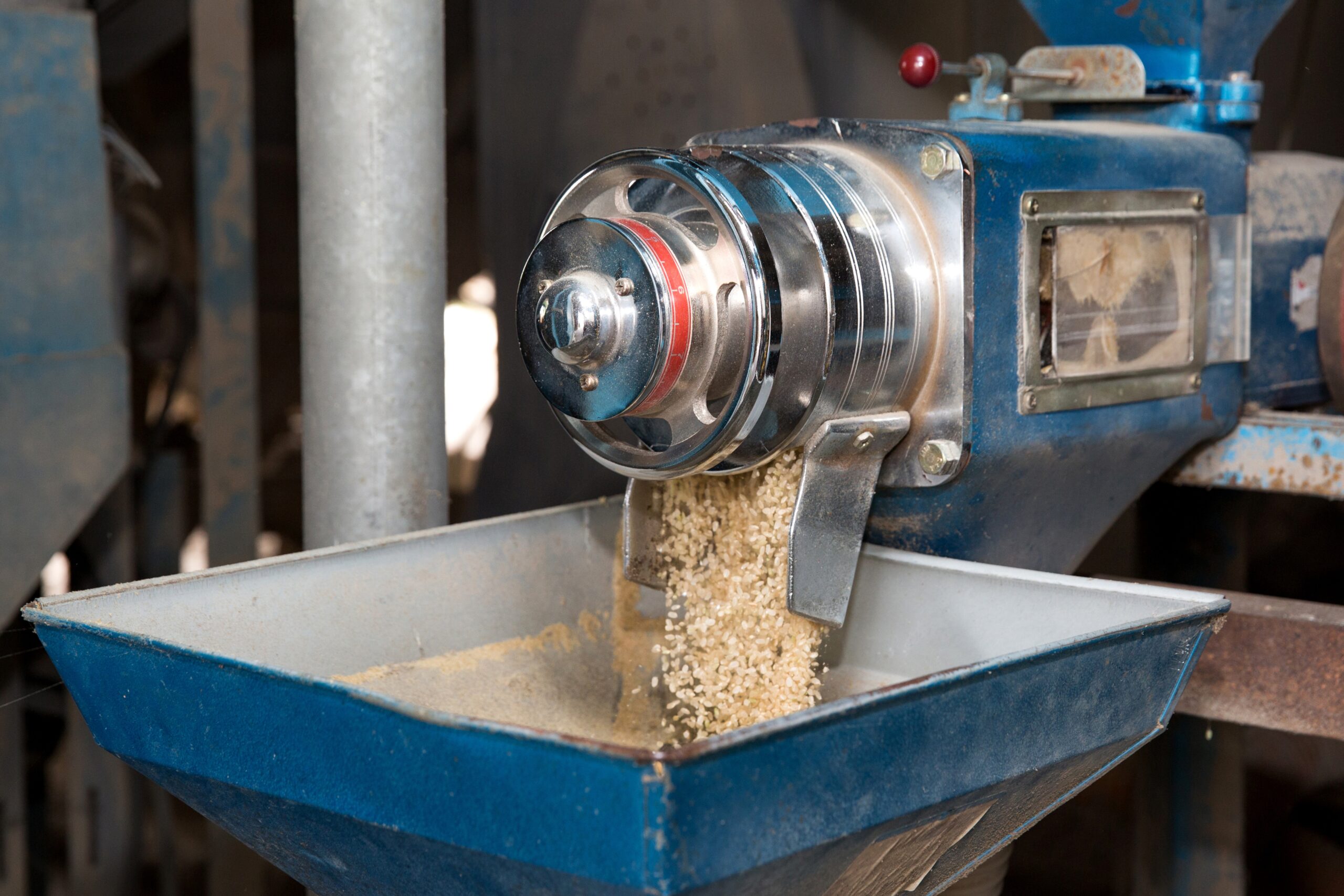
The rice milling industry in India has come a long way since its inception, with the latest technology and modern techniques being adopted to produce high-quality rice products. Today, the industry is characterized by the use of advanced equipment and machinery, such as modern parboiling plants, colour sorting machines, and hullers. These machines help to produce rice that is free from impurities, with a high level of whiteness, and a uniform grain size.
Rice milling is an essential step in the production of polished rice, as it removes the outer layers of the rice grain, which are inedible and can cause digestive problems if consumed in large quantities. The rice milling process typically involves several stages, including pre-cleaning, de-husking, and polishing. Pre-cleaning involves removing any foreign matter from the paddy, such as dirt, stones, and other debris. De-husking involves removing the husk layer from the paddy, which is then followed by polishing to produce a smooth, shiny grain.
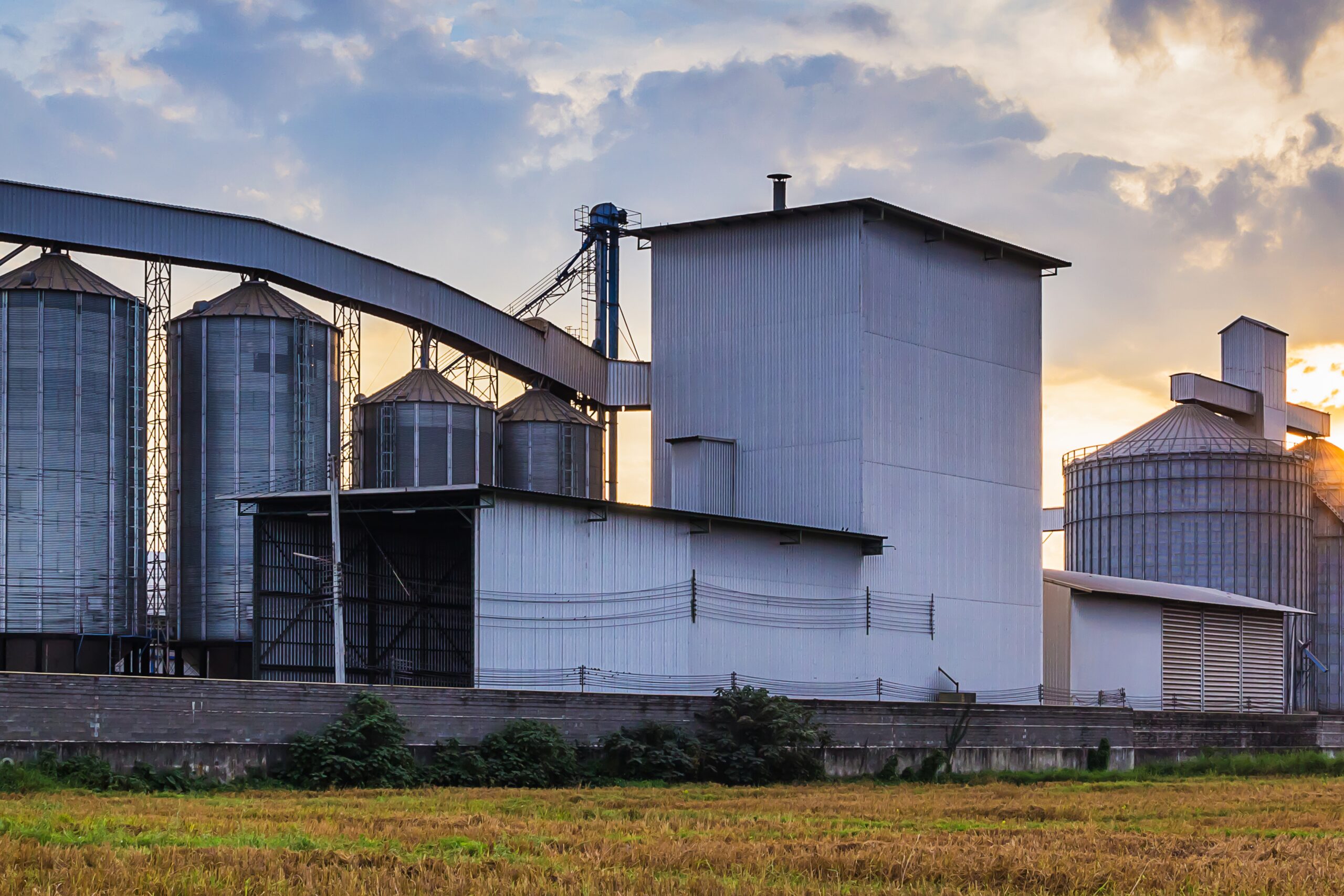
Feasibility Report Sample On Rice Mill
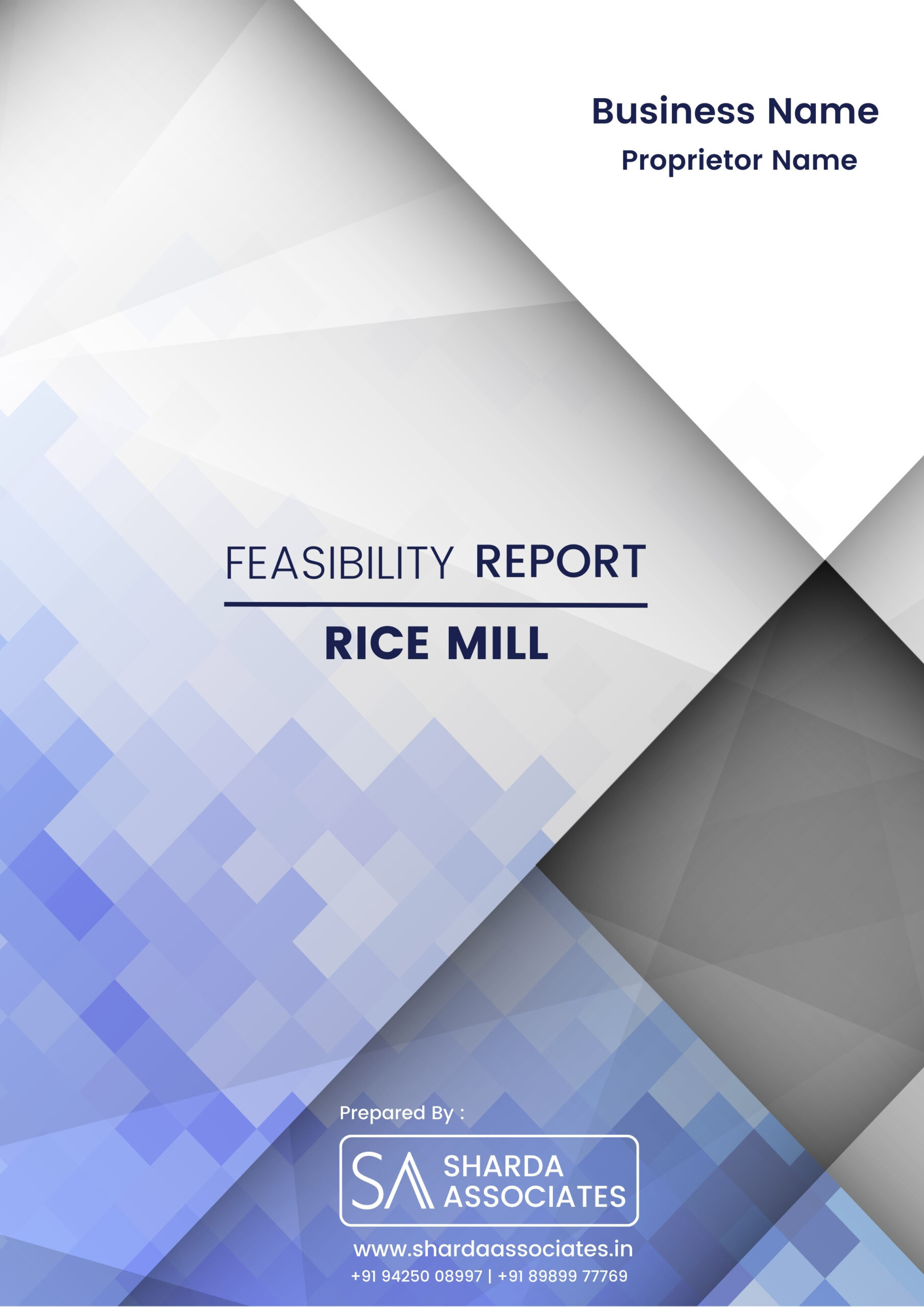


Market Strategy of Rice Mill
The India Rice Milling Market is estimated to witness a rise in its revenue from US$ 64.5 Mn in 2021 to US$ 77.7 Mn by 2027. The market is registering a CAGR of 3.1% over the forecast period 2022-2027. Warehousing involves storage of goods and merchandise in order to protect the quality and quantity of the stored products awaiting future use. It is an integral part of the logistics value chain, forming the node, which allows for collection, sorting and dissemination of goods within the supply chain. Rice is a staple crop for 70% of the world and thus the demand for rice is expected to continue to grow over the forecast period. The food security concerns all over the world is driving the growth of the India rice industry, which by exporting rice to various countries is contributing towards global food security. The continuous developments in rice mill machinery globally and attractive packaging increases the product demand in emerging economies.
The growing demand for specialty rice varieties has increased the trade for long grain rice, which in turn is driving the market growth. Furthermore, continuously changing lifestyles and food habits among consumers are accelerating the fast-food industry market, which is subsequently expected to drive significant growth of the market during the forecast period. Additionally, the growing population coupled with increasing disposable income across the globe are anticipating the growth of the global market.
In addition to modernization, rice millers should also focus on the quality and food safety of their products. By doing so, they will be able to differentiate themselves from their competitors and attract more customers who are looking for high-quality products. The future of the rice milling industry in India looks positive, as the demand for rice is expected to continue to increase. The government has also been supportive of the industry, implementing measures to promote its growth and provide subsidies, tax benefits, and infrastructure support to rice millers.
